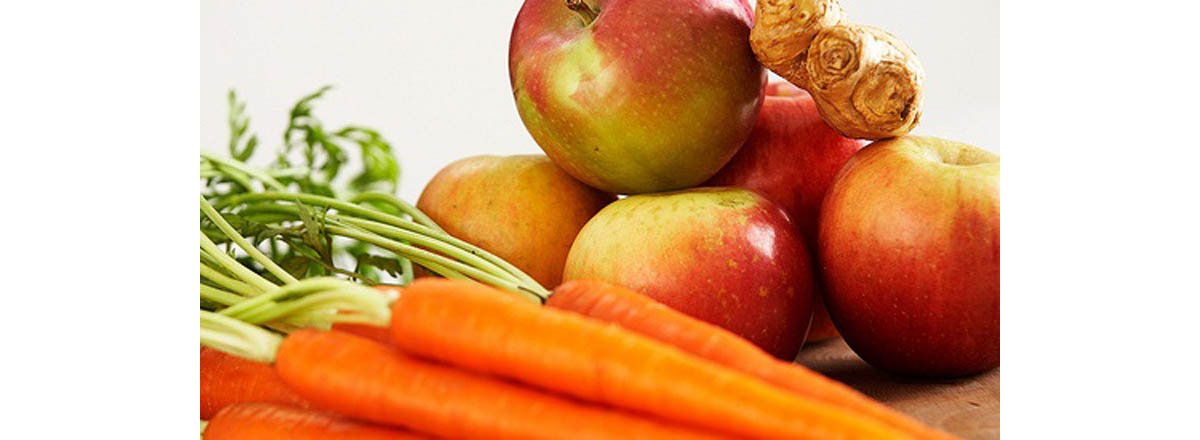Table of Contents
It Can Be Misleading For Different Foods
The glycemic index can be misleading for certain foods because while it gives us a score for glucose levels, it does not provide a gauge of how many carbs are in a serving of each food. For example, carrots are considered to have a high glycemic index, but one serving of carrots is equal to one whole carrot, which has just 4 grams of carbs.

One serving of ice cream is equal to one cup and contains 50 grams of carbs. So comparing items that are not similar is misleading because you would need to eat nearly 4 cups of carrots to equal the same amount of carbs that are in one cup of ice cream.
Portion Size Matters
If you do not control portion sizes, you will not lose weight no matter what the glycemic index rating of the food is. Typically, no food is eaten completely in isolation, especially when it is part of a complete meal. When we eat different foods together, this changes the glycemic index. When calculating carbs and portion size together it is called the glycemic load.
Not All Healthy Foods Have a Low Index
Scores can be misleading. Many foods that you would consider healthy actually have a high glycemic index, such as carrots, walnuts, strawberries and apples. However, these foods are a better option than some of the foods that have a lower glycemic index. The trick is to eat a breakfast that is high in fiber and have a snack such as one of these high index foods later in the day. This is an effective way to still consume healthy foods that have a higher index in order to balance out the total effects of the glycemic index.
Unhealthy Foods Can Have a Low Index
Strangely enough, heavy cream has a low glycemic index, but you probably wouldn’t consider that a healthy food choice and it’s doubtful that you would choose a cup of heavy cream over an apple or some carrots. Diet soda also has a low index of zero, but obviously what is essentially a chemically altered, artificially sweetened drink is not a very healthy food choice.
All Foods With a Low Glycemic Index Are Not Created Equal
It is important not to use the glycemic index as an overall measure of the nutritional value of foods. Just because 2 items have the same glycemic index rating, it does not mean that they are nutritionally equal. For example, pure olive oil and trans-fat oil have the same glycemic index; however, olive oil is clearly the healthier choice. The same is true for water and diet soda; clearly it is more nutritionally sound to choose the water.
Different Low Glycemic Diets Can Have Different Results
Just because you’ve chosen to follow a low glycemic diet does not mean that it will successfully help you to lose weight or lower blood sugar. There is so much variation in the index and how people react to the foods in conjunction with other foods they are eating, that is it best to take the glycemic index into consideration and not rely on it whole heartedly. It is best to control portion sizes, choose healthy carbs and avoid processed foods.
The glycemic index, while good in theory, is much more complicated than it seems. If you consult the glycemic index, be aware that you need to also make healthy choices as some healthy foods have a high index and vice versa. To manage diabetes and weight loss it is best to use an approach that includes a look at the glycemic load, portion size and healthy versus unhealthy carbs. If you have difficulty controlling blood sugar levels or maintaining a healthy weight consult your doctor.
- Photo courtesy of lauralewis23 on Flickr: www.flickr.com/photos/lauralewis23/6917483605
- Photo courtesy of foodthinkers on Flickr: www.flickr.com/photos/foodthinkers/4308840300

